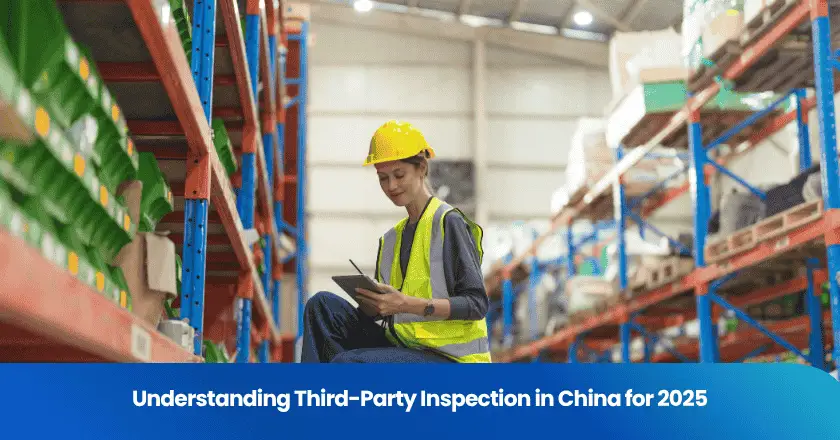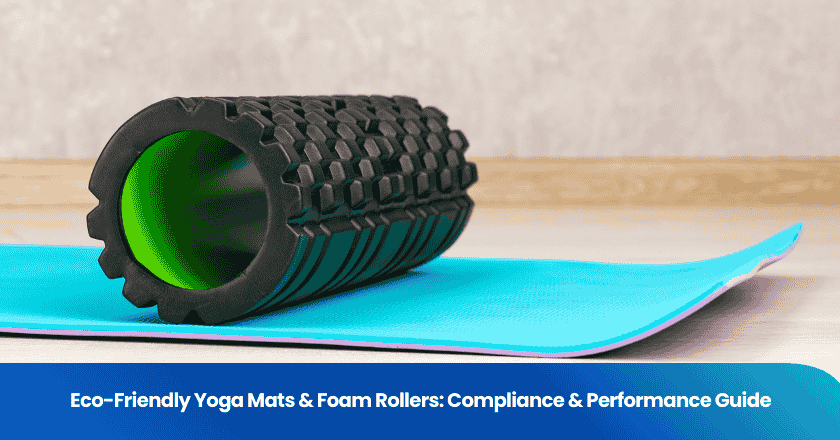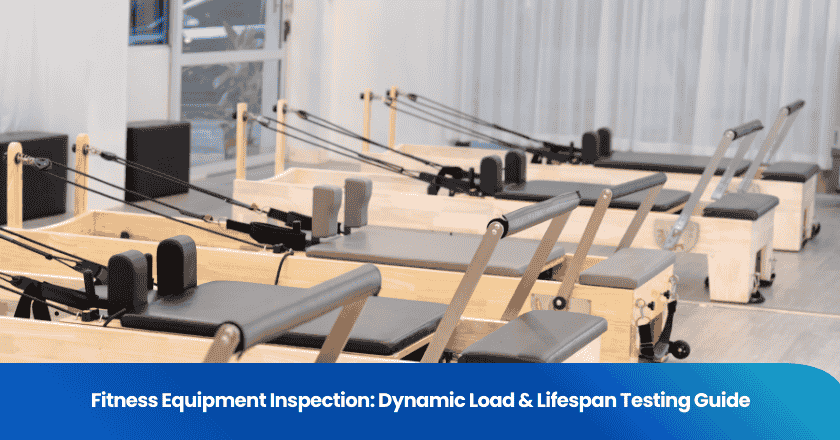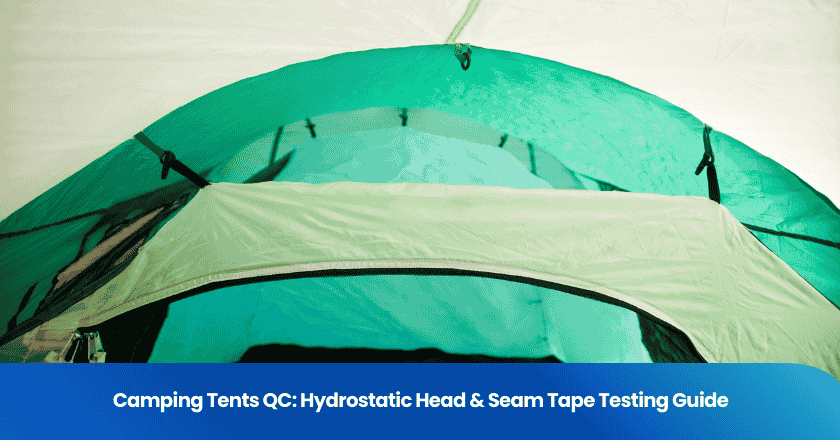
Third-party inspection in China refers to an independent evaluation process that helps importers verify product quality before shipment. This service operates without influence from buyers or suppliers, ensuring objective results. Many companies choose 3rd party inspection china to maintain strict adherence to international standards. Third-party inspection reduces risk, protects brand reputation, and ensures compliance with regulatory requirements. Importers gain peace of mind knowing that every shipment meets their expectations.
Third-Party Inspection Overview
Definition
Third-party inspection refers to an independent assessment of products, processes, or shipments. In China, this service plays a vital role for importers who want to ensure product quality before goods leave the factory. Third-party inspection involves a neutral organization that checks products against specific standards. This process helps buyers avoid conflicts of interest that may arise if only the supplier or buyer inspects the goods.
Note: Third-party inspection provides unbiased results. Importers can trust the findings because the inspectors do not represent the factory or the buyer.
The term 3rd party inspection china describes this service when performed within the Chinese manufacturing sector. Many international companies rely on 3rd party inspection china to verify that their products meet both local and global requirements. This approach supports transparency and builds trust between buyers and suppliers.
Role in Supply Chain
Third-party inspection strengthens the supply chain by acting as a quality gatekeeper. Inspectors check products at different stages, such as during production or before shipment. Their work helps identify defects, verify quantities, and confirm compliance with regulations.
A typical 3rd party inspection china process includes the following steps:
l Reviewing purchase orders and product specifications
l Conducting on-site inspections at factories
l Testing samples for quality and safety
l Preparing detailed inspection reports
This process reduces the risk of receiving substandard goods. It also supports smoother logistics and fewer disputes between buyers and suppliers. Third-party inspection ensures that only approved products move forward in the supply chain, protecting both reputation and investment.
Why Choose 3rd Party Inspection China
Independence
A third-party inspection company operates independently from both buyers and suppliers. This independence ensures that every evaluation remains objective. When a business selects 3rd party inspection china, it gains access to unbiased assessments. Inspectors do not have any stake in the transaction. Their only goal is to deliver accurate results.
Note: Independence protects the interests of all parties and builds trust throughout the supply chain.
Expertise
A third-party inspection company employs professionals with deep industry knowledge. These experts understand international standards and local regulations. They know how to identify defects and assess product quality. Many companies choose 3rd party inspection china because inspectors bring years of experience to each project.
l Inspectors use specialized tools and testing methods.
l They follow strict protocols during every inspection.
l Their expertise helps prevent costly mistakes.
A third-party inspection company can adapt to different industries, including electronics, textiles, and machinery. This flexibility ensures that inspections meet the unique needs of each client.
Compliance
Compliance with regulations and standards is essential for global trade. A third-party inspection company verifies that products meet all necessary requirements. Third-party inspection helps businesses avoid legal issues and customs delays.
Tip: Regular third-party inspection reduces the risk of non-compliance and protects a company’s reputation.
A third-party inspection company provides detailed reports that document every finding. These reports serve as proof of compliance for importers and authorities. By choosing 3rd party inspection china, businesses can confidently enter new markets and maintain high standards.
Inspection Process
Planning
The inspection process begins with careful planning. Inspectors review purchase orders, product specifications, and client requirements. They create a checklist based on international standards and specific buyer expectations. The team schedules the inspection date and coordinates with the factory to ensure access to the production area.
Tip: Clear communication during planning helps prevent misunderstandings and delays.
Inspection fees often depend on the number of "man-days" required. A man-day represents one inspector working for a full day. This method ensures transparency and allows importers to estimate costs accurately. The planning stage sets the foundation for an effective quality control process.
On-Site Checks
Inspectors arrive at the factory and begin on-site checks. They examine products, packaging, and labeling according to the checklist. The team selects random samples from the batch to ensure unbiased evaluation. Inspectors use specialized tools to measure dimensions, test functionality, and assess safety features.
l Inspectors verify product quantity against purchase orders.
l They check for defects, inconsistencies, and compliance with standards.
l The team documents findings with photos and notes.
On-site checks provide real-time insights into product quality. Inspectors maintain objectivity throughout the process, focusing only on the established criteria.
Reporting
After completing the inspection, the team prepares a detailed inspection report. This document includes all findings, photographs, and test results. The report highlights any deviations from specifications and notes areas that meet requirements.
| Section | Details Included |
|---|---|
| Product Quality | Defects, measurements, tests |
| Quantity | Verified counts |
| Packaging | Materials, labeling |
| Compliance | Regulatory standards |
The inspection report serves as official documentation for importers. It provides clear evidence of product status before shipment. Importers use this report to make informed decisions about accepting or rejecting goods.
Decision
The final step involves decision-making based on the inspection report. Importers review the findings and determine whether the products meet their standards. If inspectors identify major issues, the importer may request rework or reject the shipment. If the report confirms compliance, the goods proceed to shipment.
Note: Objective evaluation at every stage protects the interests of buyers and supports long-term business relationships.
The decision phase closes the inspection process and ensures only approved products enter the supply chain.
Pre-Shipment Inspection in China
Pre-shipment inspection in china stands as a critical step for importers who want to ensure that products meet all requirements before leaving the factory. This process covers several essential aspects, including quality, quantity, packaging, and labeling. Each element plays a unique role in effective quality control and risk management.
Quality
Quality forms the foundation of pre-shipment inspection in china. Inspectors focus on verifying that products meet the agreed-upon standards and specifications. They check for defects, inconsistencies, and any deviations from the sample or contract. Quality control teams use detailed checklists to evaluate appearance, functionality, and durability.
l Inspectors test random samples from the batch.
l They compare results to international and client-specific standards.
l Any defect, even minor, receives documentation in the inspection report.
Tip: Consistent quality control during pre-shipment inspection in china helps prevent costly returns and protects brand reputation.
Quality control does not end with visual checks. Inspectors often perform functional tests and safety assessments to ensure products operate as intended. This thorough approach reduces the risk of non-compliance and customer complaints.
Quantity
Accurate quantity verification is another key part of pre-shipment inspection in china. Importers rely on inspectors to confirm that the number of units matches the purchase order. Shortages or overages can disrupt supply chains and lead to financial losses.
Inspectors count finished goods, check packaging lists, and verify carton markings. They also ensure that the correct assortment of models, sizes, or colors is present.
| Step | Action Taken |
|---|---|
| Counting | Inspectors tally all units |
| Cross-Checking | They match counts to orders |
| Documentation | Results appear in reports |
Quality control teams use these steps to guarantee that importers receive exactly what they ordered. Accurate quantity checks support smooth logistics and inventory management.
Packaging
Packaging plays a vital role in protecting products during transit. Pre-shipment inspection in china includes a thorough review of packaging materials and methods. Inspectors assess whether packaging meets both regulatory and client requirements.
l They check for sturdy boxes, proper sealing, and protective materials.
l Inspectors verify that packaging prevents damage, moisture, or contamination.
l They ensure that packaging complies with international shipping standards.
Note: Effective packaging, confirmed through quality control, reduces the risk of product damage and loss during transportation.
Quality control teams also look for eco-friendly packaging solutions when required by the client. Proper packaging not only safeguards products but also supports a positive brand image.
Labeling
Labeling accuracy is essential for customs clearance and end-user satisfaction. Pre-shipment inspection in china covers all aspects of labeling, from product tags to shipping marks. Inspectors verify that labels contain correct information, such as product name, model, quantity, and country of origin.
l They check for compliance with destination country regulations.
l Inspectors confirm that warning labels and instructions are present and legible.
l They ensure that barcodes and tracking numbers are accurate.
Alert: Incorrect labeling can cause customs delays, fines, or product recalls. Quality control at this stage helps avoid these issues.
Quality control teams document any labeling discrepancies and recommend corrective actions. Accurate labeling supports smooth import processes and enhances customer trust.
Pre-shipment inspection in china, when combined with robust quality control, ensures that products meet all expectations before shipment. This comprehensive approach minimizes risks and supports successful international trade.
Benefits & Mistakes
Advantages
Third-party inspection offers several clear advantages for importers working with Chinese suppliers. Companies gain a reliable layer of risk reduction. Inspectors identify defects and inconsistencies before products leave the factory. This process helps prevent costly returns and protects brand reputation.
Quality control teams ensure that every shipment meets international and client-specific standards. They check for compliance with regulations, which supports smooth customs clearance. Importers also benefit from cost-effectiveness. Early detection of issues reduces the need for expensive rework or replacements.
Tip: Third-party inspection, combined with strong quality control, builds trust between buyers and suppliers. This approach supports long-term business relationships and stable supply chains.
A summary of key benefits:
l Reduces the risk of receiving substandard goods
l Ensures compliance with international standards
l Supports cost-effective supply chain management
l Provides objective, unbiased product evaluation
Common Pitfalls
Some importers make mistakes when using third-party inspection services. They may provide unclear instructions or incomplete product specifications. This can lead to misunderstandings during quality control checks. Others schedule inspections too late, leaving little time for corrective action.
To avoid these pitfalls, importers should:
1. Communicate clear requirements and expectations to the inspection team.
2. Share detailed product specifications and quality control checklists.
3. Schedule third-party inspection early enough to allow for rework if needed.
4. Review inspection reports carefully and follow up on any issues.
Alert: Skipping quality control steps or ignoring inspection findings can result in shipment delays, financial losses, or compliance problems.
By following these practical tips, companies can maximize the value of third-party inspection and maintain high standards throughout their supply chain.
Third-party inspection in China delivers significant value for importers. This service reduces risk, ensures compliance, and protects the supply chain. Companies benefit from objective evaluations and detailed reports.
l Risk reduction
l Regulatory compliance
l Supply chain protection
Tip: Professional inspection services help businesses secure product quality and build trust with partners. Companies should consider third-party inspection as a key step in their sourcing strategy.
FAQ
What does a third-party inspection cover in China?
A third-party inspection covers product quality, quantity, packaging, and labeling. Inspectors check for defects, verify compliance with standards, and ensure products match order specifications. This process helps importers avoid costly mistakes and maintain supply chain reliability.
How long does a typical inspection take?
Most inspections require one to two man-days, depending on order size and complexity. The process includes planning, on-site checks, and report preparation. Larger or more complex shipments may need additional time for thorough evaluation.
When should importers schedule a third-party inspection?
Importers should schedule inspections before shipment leaves the factory. Early scheduling allows time for corrective actions if inspectors find issues. Timely inspections help prevent delays and ensure products meet all requirements.
Can third-party inspection reports be used for customs clearance?
Yes, many importers use inspection reports as supporting documents for customs clearance. These reports provide proof of compliance with regulations and help avoid delays at the border. Customs authorities often accept detailed inspection findings as valid evidence.
Grow your business with TradeAider Service
Click the button below to directly enter the TradeAider Service System. The simple steps from booking and payment to receiving reports are easy to operate.



